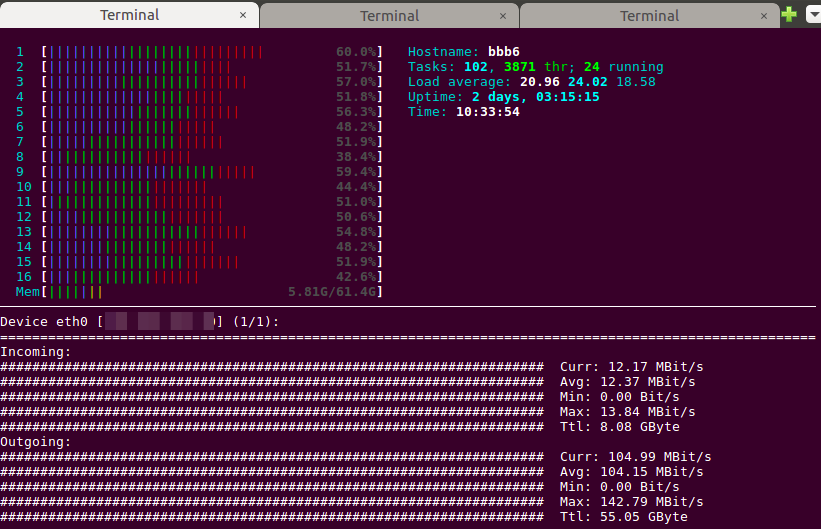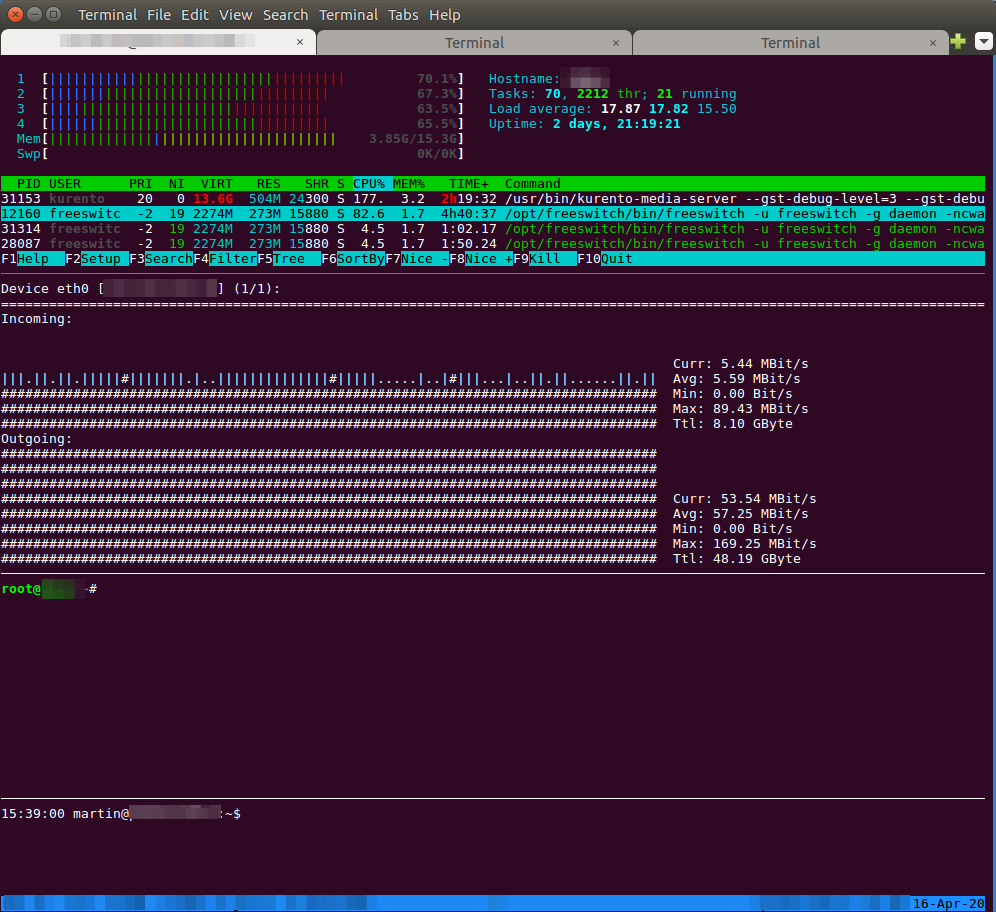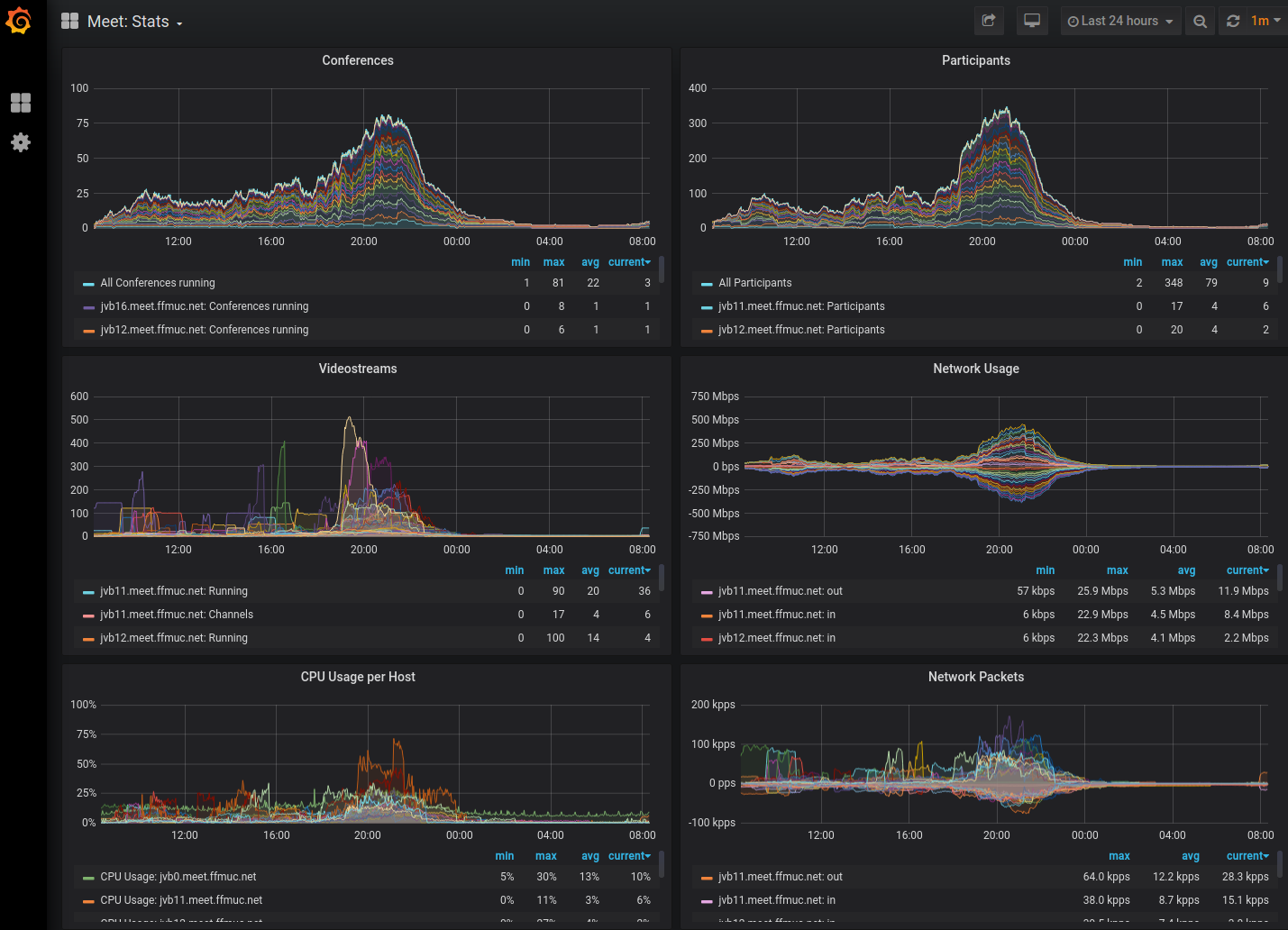 I’ve been waiting for this for 10 years! As I prefer to have as much of my private data flowing over the Internet in my own hands I’m running pretty much all of my ‘business critical’ web based services with open source software either at home or in a data center in Germany. The last piece of the puzzle that was missing was mobile and ‘casual’ end-to-end encrypted voice and video calling over my own infrastructure. I’ve had Nextcloud talk for a couple of years now and over the past two months have set up Jitsi and BBB instances for additional use cases. But all three solutions do not cover the ‘casual’ mobile calling experience where you just take your mobile phone and call someone else. Nextcloud, Jitsi and BBB would all have the potential to do that but non of them tried successfully covered this use case so far. But now Conversations, my mobile XMPP federated messenger app has made a quantum leap forward and has introduced voice and video calling!
I’ve been waiting for this for 10 years! As I prefer to have as much of my private data flowing over the Internet in my own hands I’m running pretty much all of my ‘business critical’ web based services with open source software either at home or in a data center in Germany. The last piece of the puzzle that was missing was mobile and ‘casual’ end-to-end encrypted voice and video calling over my own infrastructure. I’ve had Nextcloud talk for a couple of years now and over the past two months have set up Jitsi and BBB instances for additional use cases. But all three solutions do not cover the ‘casual’ mobile calling experience where you just take your mobile phone and call someone else. Nextcloud, Jitsi and BBB would all have the potential to do that but non of them tried successfully covered this use case so far. But now Conversations, my mobile XMPP federated messenger app has made a quantum leap forward and has introduced voice and video calling!
Continue reading XMPP Voice and Video Calls with Conversations – A Dream Come True



